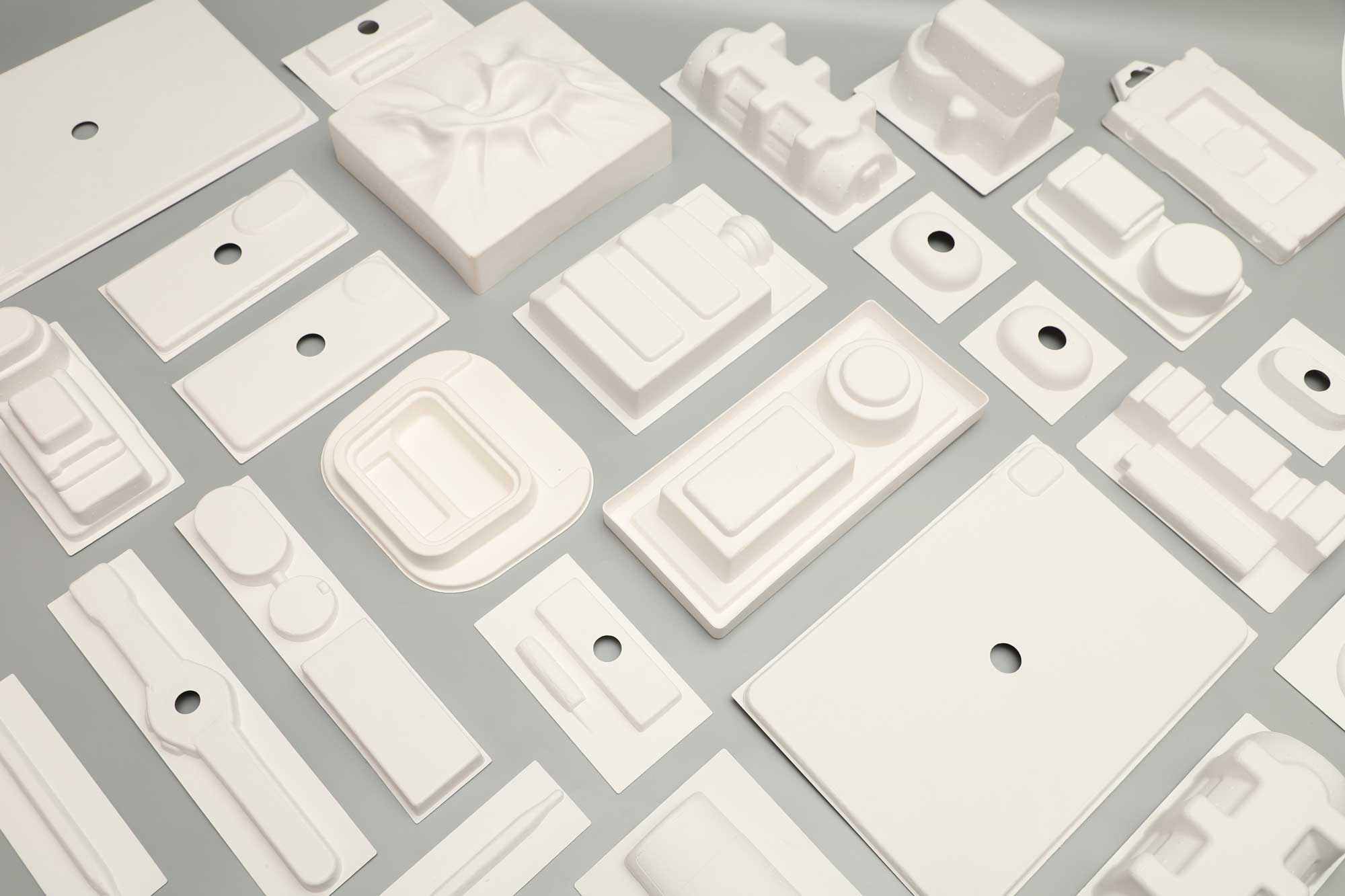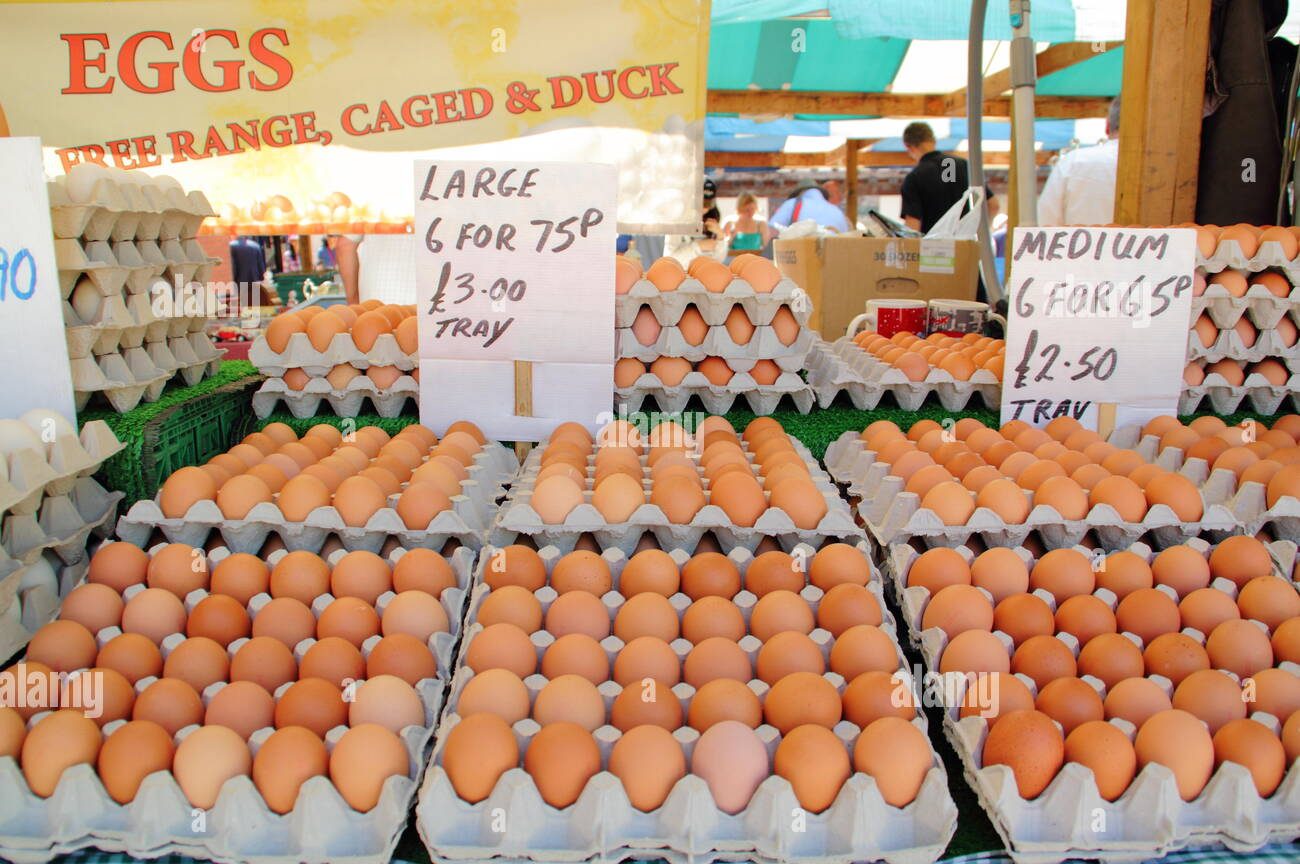In an era where environmental sustainability is becoming increasingly important, industries are seeking alternative packaging solutions that are both eco-friendly and cost-effective. Paper pulp molding has emerged as a frontrunner in this regard, particularly in the realm of agricultural and industrial packaging trays. This comprehensive guide aims to delve deep into the pulp molding machine, exploring its intricacies, applications, advantages, and future prospects.

Understanding Paper Pulp Molding
Paper pulp molding is a versatile process that involves the use of recycled paper, water, and additives to produce a variety of molded products, including trays, containers, and packaging materials. The process is renowned for its sustainability, as it utilizes waste paper, such as old newspapers, cardboard, or other cellulose-based materials, as its primary raw material.
The Paper Pulp Molding Process
Raw Material Preparation:
The process begins with the collection and sorting of waste paper, which is then shredded into small pieces. The shredded paper is mixed with water in a pulper, creating a slurry with a consistency similar to oatmeal.
Forming:
The slurry is transferred to a pulp egg tray machine equipped with molds or dies that define the shape and size of the desired product. The molds can be customized to accommodate various tray designs and configurations.
Molding:
The molding machine utilizes vacuum pressure or mechanical methods to remove excess water from the slurry while shaping it into the desired form. This process is typically carried out under controlled conditions to ensure uniformity and precision.
Drying:
Once molded, the products are transferred to drying ovens or chambers where they undergo a drying process. This step involves the application of heat and airflow to evaporate the remaining moisture, resulting in sturdy and rigid trays.
Finishing:
After drying, the trays may undergo additional processing steps, such as trimming excess material, adding coatings or reinforcements, and quality inspection to ensure compliance with industry standards.

Applications of Paper Pulp Packaging Trays
Agricultural Packaging:
Paper pulp trays find extensive use in the agricultural sector for packaging fruits, vegetables, eggs, and seedlings. These trays offer excellent cushioning and protection during transportation and storage, ensuring the freshness and integrity of the produce.
Industrial Packaging:
In the industrial realm, paper pulp trays are utilized for packaging delicate components, electronics, consumer goods, and automotive parts. Their lightweight yet durable nature makes them ideal for safeguarding fragile items during shipping and handling.
Advantages of Paper Pulp Molding
Environmental Sustainability:
Perhaps the most significant advantage of paper pulp molding is its eco-friendliness. By utilizing recycled paper as its primary raw material, the process helps reduce waste and minimize the environmental impact associated with traditional packaging materials like plastic and polystyrene foam.
Biodegradability:
Paper pulp trays are biodegradable and compostable, meaning they can break down naturally over time without leaving harmful residues in the environment. This characteristic aligns with the growing demand for sustainable packaging solutions that minimize pollution and landfill waste.
Customizability:
Paper pulp molding offers a high degree of flexibility in terms of product design, size, and shape. Manufacturers can easily customize trays to meet specific packaging requirements, catering to the diverse needs of various industries and applications.
Cost-Effectiveness:
Compared to other packaging materials, paper pulp trays are often more cost-effective, especially when produced at scale. The abundance of raw materials and the efficiency of the molding process contribute to lower production costs, making them an attractive option for businesses seeking budget-friendly solutions. If you wanna get the detailed egg carton machine price, contact Beston Group.
Versatility:
Paper pulp trays can be adapted to serve a wide range of packaging needs across different industries. From food packaging to electronics and industrial components, these trays offer versatility and functionality, making them a preferred choice for many businesses.
Challenges and Considerations
Despite its numerous benefits, paper pulp molding also poses certain challenges and considerations:
Moisture Resistance:
While paper pulp trays offer sufficient protection for many products, they may not be suitable for items that require high levels of moisture resistance. Manufacturers may need to explore alternative coatings or treatments to enhance water resistance for specific applications.
Mechanical Strength:
Although paper pulp trays are generally robust, they may not possess the same level of mechanical strength as plastic or metal counterparts. Design optimization and material enhancements may be necessary to ensure adequate durability and load-bearing capacity for heavier or bulkier items.
Market Demand:
While the demand for sustainable packaging solutions is growing, market dynamics and consumer preferences can vary across different regions and industries. Manufacturers must carefully assess market trends and customer needs to effectively position paper pulp trays within competitive markets.
Future Prospects and Innovations
The future of paper pulp molding looks promising, with ongoing advancements and innovations aimed at enhancing efficiency, performance, and sustainability:
Advanced Materials:
Researchers are exploring the use of alternative fibers and additives to improve the strength, flexibility, and moisture resistance of paper pulp products. Incorporating innovative materials such as bamboo, bagasse, or nanocellulose could expand the application potential of paper pulp trays.
Automation and Robotics:
The integration of automation and robotics technologies into the pulp molding process can streamline production, reduce labor costs, and enhance product consistency. Automated systems for mold loading, forming, and handling are poised to revolutionize the industry’s manufacturing capabilities.
Circular Economy Initiatives:
As the concept of the circular economy gains traction, there is increasing emphasis on closing the loop in product lifecycles. Paper pulp manufacturers are exploring closed-loop systems that promote recycling, reuse, and waste reduction, further enhancing the sustainability of their operations.
Conclusion
Paper pulp molding has emerged as a sustainable and versatile solution for agricultural and industrial packaging trays, offering a balance of environmental responsibility, functionality, and cost-effectiveness. By harnessing recycled paper and innovative manufacturing techniques, this process continues to drive positive change in the packaging industry, paving the way for a greener and more sustainable future. As demand for eco-friendly packaging grows, paper pulp trays are poised to play an increasingly significant role in meeting the evolving needs of businesses and consumers alike.